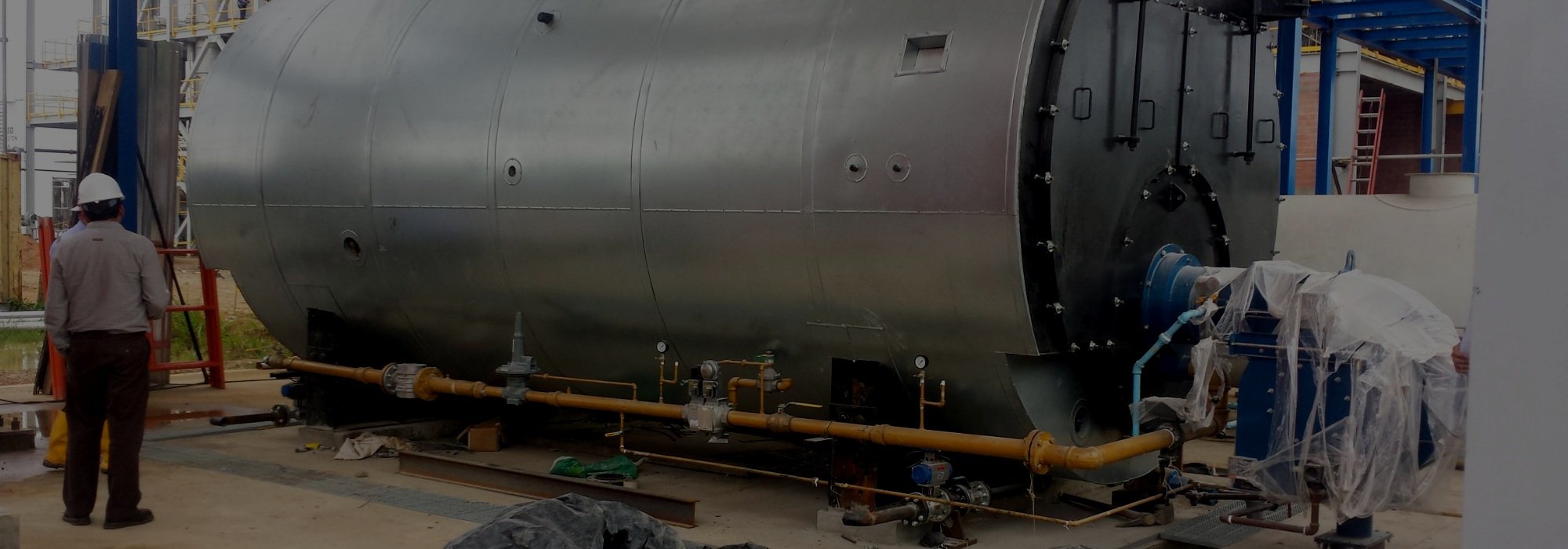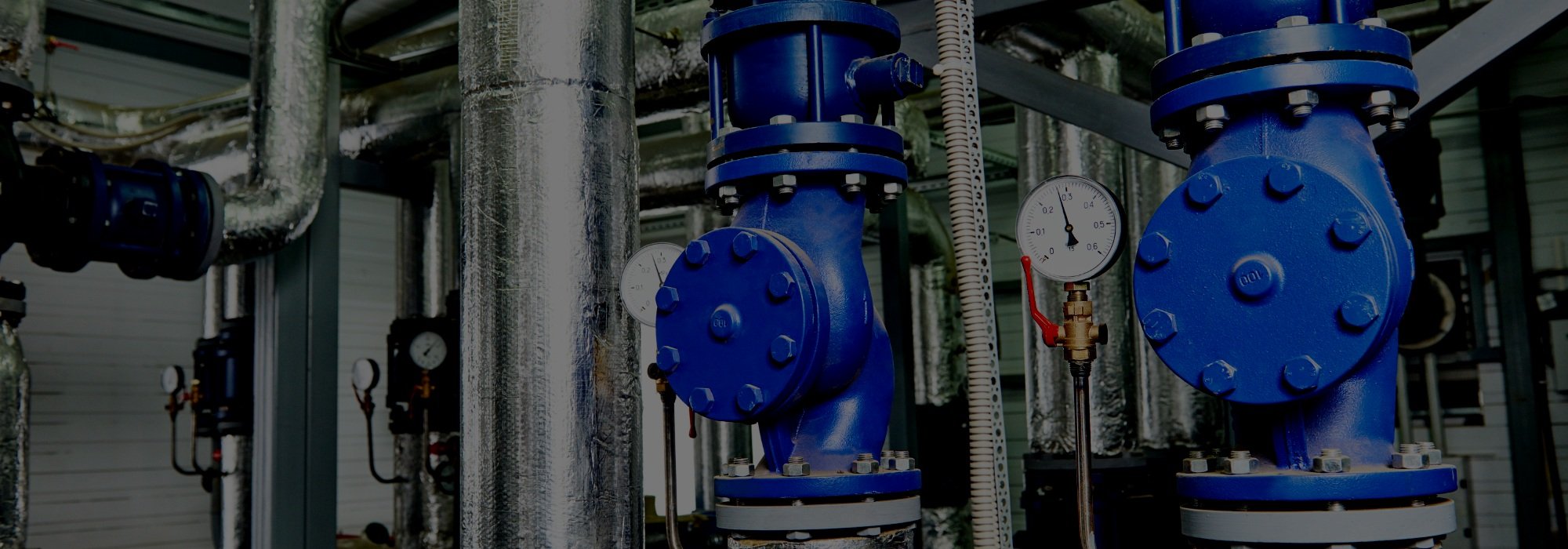
STEAM AND BOILER SYSTEMS
In steam and boiler applications, valves must handle high pressures, extreme heat, and rapid cycling. A single failure can shut down operations and create serious safety risks.
COMMON VALVE ISSUES IN STEAM & BOILER SYSTEMS
Steam and boiler systems rely heavily on the integrity and performance of valves to control pressure, temperature, and flow. Given the continuous exposure to extreme heat, high pressures, and treated water, it's no surprise that valves in these systems often face accelerated wear and failure. At Valve Repair, we help identify, diagnose, and restore faulty valves to extend their lifespan, maintain system efficiency, and reduce the risk of hazardous breakdowns.
Here’s an in-depth look at the most common valve issues we see in steam and boiler applications — and how we resolve them:

STEAM LEAKAGE DUE TO SEAL DEGRADATION
Steam leaks are one of the most frequent and costly issues in boiler systems. Over time, high temperatures and pressure fluctuations cause traditional sealing materials such as graphite, PTFE, or elastomers to harden, shrink, or crack.
This results in leakage around the stem, bonnet, or valve seat — leading to:
Energy loss and increased fuel consumption
Reduced boiler efficiency
Potential safety risks in pressurised environments
How We Help:
Our team carries out precision disassembly and seal replacement using high-temperature rated materials specifically designed for steam service. We also re-machine seating surfaces if necessary and ensure tight reassembly with torque-calibrated tools to prevent future leakage.
Steam System Specialists – We understand the high-pressure demands of steam distribution and control.
/
Steam System Specialists – We understand the high-pressure demands of steam distribution and control. /

EROSION AND WEAR FROM CONTINUOUS HIGH-TEMPERATURE OPERATION
In steam lines, valves are subject to constant thermal cycling, with temperatures often exceeding 150–200°C.
This can result in:
Surface erosion of valve seats and discs
Worn stems and packing glands
Reduced control accuracy over time
Cracking or embrittlement in metal components
How We Help:
We use specialised lapping and polishing equipment to restore sealing faces and extend the life of the valve. For heavily eroded parts, we rebuild components using hard-facing weld overlays or replace them entirely. Our team also inspects for signs of metal fatigue and recommends upgrades where necessary.
Efficiency-Focused Repairs – Restore valve performance to reduce energy loss and fuel consumption.
/
Efficiency-Focused Repairs – Restore valve performance to reduce energy loss and fuel consumption. /

MALFUNCTIONING SAFTEY AND RELIEF VALVES LEADING TO PRESSURE INSTABILITY
Safety valves and pressure relief valves are critical in steam systems — they prevent over-pressurisation and ensure safe operation.
But they can become sticky, slow to respond, or leak, especially if:
Spring tension is incorrect
Valve seats are worn or corroded
Condensate has entered the valve chamber
The valve is not regularly exercised
Failure of these valves puts the entire boiler system at risk of dangerous pressure spikes, tripping, or even ruptures.
How We Help:
Our valve engineers disassemble, clean, and recalibrate all safety relief valves. We replace damaged springs, lap the seats, and pressure-test each unit to full working spec. We can also provide certified set-pressure testing, ensuring compliance with regulatory and insurance requirements.
Thermal-Grade Materials – All seals and components rated for high-temperature steam applications.
/
Thermal-Grade Materials – All seals and components rated for high-temperature steam applications. /

CORROSION CAUSED BY CONDENSATE AND WATER TREATMENT CHEMICALS
Even treated boiler feedwater contains chemicals that, over time, can corrode valve internals. Additionally, trapped condensate in low points of the system can lead to water hammer and corrosion pitting.
This type of damage often affects:
Control valves
Drain valves
Isolation valves near blowdown lines
Pressure-reducing valves (PRVs)

